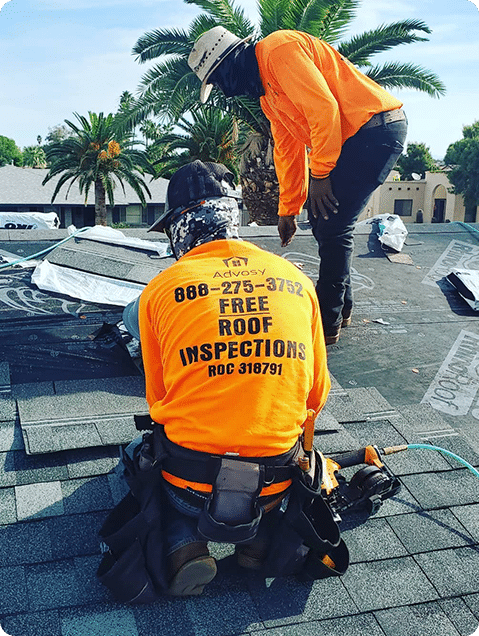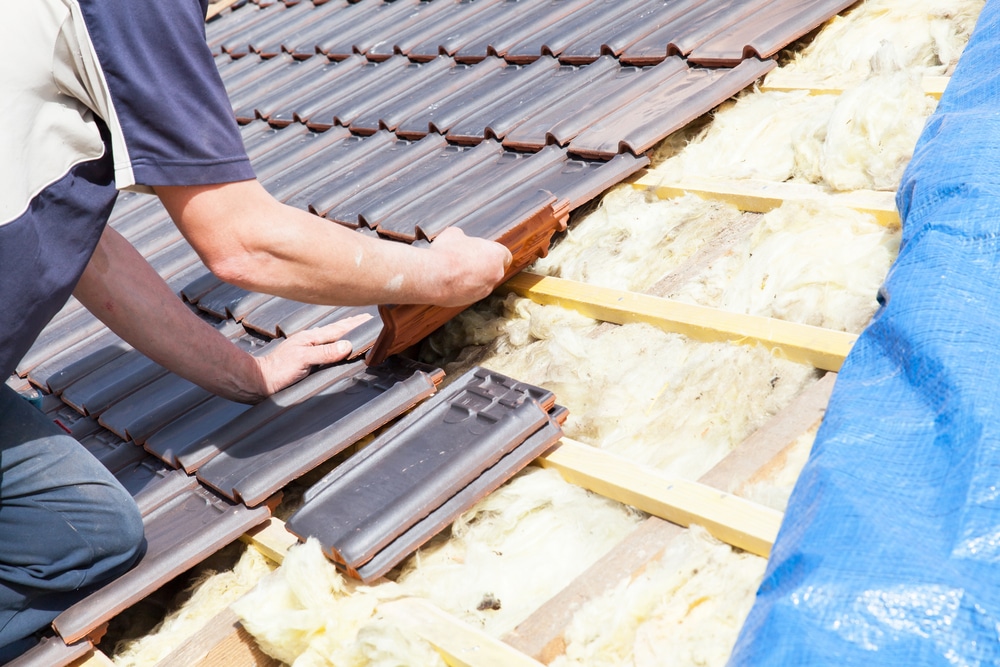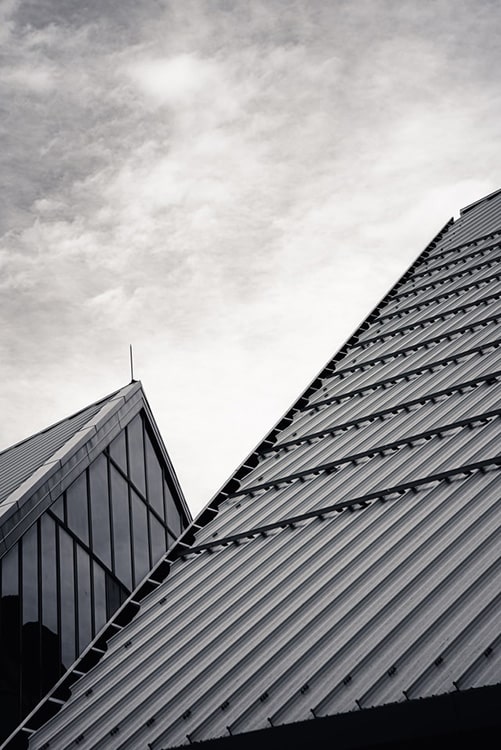Ignoring roof problems can have serious consequences for a homeowner.
From increased energy costs to potential health risks, the hidden costs of neglecting your roof should not be overlooked.
To help homeowners make informed decisions about their roofs, this article will explore the various ways that ignoring roof issues can affect one’s home and finances.
By understanding these hidden costs, homeowners can better understand how important it is to take proactive steps in maintaining their roofs and protecting their homes from costly repairs down the road.
Energy Costs
The cost of ignoring roof problems can often be more than expected. In particular, energy costs are a key consideration in this regard and should not be overlooked.
One way that roof problems can lead to increased energy bills is through the loss of insulation capabilities. It has been established that air leakage from roofs with inadequate insulation can result in as much as 20-30% increase in heating or cooling costs.
Poorly insulated roofs also allow for extreme temperatures to enter the home, further increasing the need for HVAC systems and associated electricity use. Furthermore, poor ventilation reduces indoor air quality, leading to health issues such as respiratory illnesses which require additional medical expenses.
Beyond these direct effects on utility bills and occupant health, there are other indirect financial implications of ignoring roof problems. This includes damage to interior furnishings due to water leaks caused by failed roofing materials or malfunctioning drainage systems which leads to costly replacements or repairs if left unchecked over time.
Moreover, if undetected long enough, major structural damage resulting from rot and mold growth may become evident calling for expensive renovations.

Health Risks
The previous section outlined the exorbitant energy costs associated with ignoring roof problems. It is not only financial concerns that should prompt property owners to address their roofing issues, but also potential health risks.
Exposure to moisture can lead to mold growth and an increase in airborne bacteria and other particles, which may cause a variety of respiratory illnesses. In addition, roofs that are structurally unstable or have been damaged by wind or hail can present safety hazards for those around them.
Health Risks resulting from poor roof condition must be taken seriously because they can affect both humans and animals alike. Airborne particulates such as asbestos fibers, fungus spores, and dust mites can all contribute to allergies, asthma attacks, and even lung cancer if left unchecked over time.
Furthermore, standing water on a flat roof surface allows dangerous insects like mosquitoes to breed in large numbers; this increases the likelihood of contracting serious diseases like West Nile virus or Zika virus. Property owners must identify any signs of damage early on to reduce these risk factors before it’s too late.
Structural Damage
Structural damage is one of the most serious consequences of ignoring roof problems. It can include warping, sagging and cracking due to moisture buildup in the attic which may lead to mold or mildew growth inside the home. If left unattended, these issues can cause significant structural instability leading to a compromised roof structure.
In addition, unchecked water seepage through cracks or holes in the roofing system can cause wood rot as well as interior wallboard and ceiling damage. This often leads to costly repairs that could have been avoided if proper attention was given to the original problem when it first arose.
Therefore, it is important for homeowners to take note of any signs of potential roofing issues such as missing shingles, cracked flashing, leaky pipes and other indications of water infiltration into their homes before they become more severe and expensive problems.
Proper maintenance and regular inspections are key components in protecting your home from extensive damage caused by neglected roof issues – taking action now will save you time, energy and money down the road. Ignoring visible signs of disrepair only increases the chances that a minor issue will turn into an even bigger problem later on.
Water Damage
The structural damage caused by ignoring roof problems can be disastrous. The consequences of a weakened structure can lead to a wide range of issues, such as collapsing walls and ceilings, or the need for extensive reconstruction that could cost you thousands of dollars in repair bills.
In addition to these costs, however, there is another hidden issue – water damage. Water damage often follows from structural problems due to weak spots allowing moisture into your home. This can cause mold growth and warping of wooden structures which can not only contribute significantly to repair costs but also create an unhealthy living environment for occupants.
Even if the visible surface appears dry, this does not mean that moisture has not infiltrated behind walls where it can go undetected until major repairs are needed. As such, it is essential to address both structural concerns as well as any potential water damage when dealing with roof issues before they become too severe.
Mold Growth
The consequences of ignoring roof problems can be costly and hazardous.
Mold growth is one such consequence that, when left untreated, can cause serious health issues.
In particular, mold spores found in the air indoors can cause allergic reactions or asthma attacks in some people.
Furthermore, it has been linked to an increased risk of certain respiratory illnesses and infections.
The presence of moisture due to poor insulation or insufficient drainage also provides a conducive environment for mold growth.
Therefore, avoiding water damage by promptly repairing any leaks, as well as checking all areas prone to condensation, is key in preventing the spread of this fungus throughout a building.
Additionally, regular inspections should be conducted in order to identify existing mold and take steps towards its proper removal before further spread occurs.
Failing to do so could result in significant negative health effects within the home’s occupants as well as considerable financial losses from remediation costs down the line.

Increased Insurance Premiums
Mold growth in a roofing system is an extreme risk that should not be ignored. When left unchecked, the spores from mold can spread throughout a home and cause serious health issues for those living inside.
Additionally, when a roof suffers from long-term damage due to neglect, it can lead to additional financial burdens. One of these costs could come in the form of higher insurance premiums.
Insurance companies are aware of the risks associated with damaged roofs, and may decide to raise premium rates as a result. This means that homeowners who have neglected their roofs may need to pay more money out of pocket each month or year in order to keep their coverage intact.
Moreover, they may also face difficulty finding new coverage if another insurer decides that such repairs make them too high of a risk. Homeowners must remember that taking care of their roofs now will prevent them from having to deal with costly repairs or increased premiums later on down the road.
Unnecessary Repairs
Ignoring roof problems can have costly consequences, leading to unnecessary repairs and replacements. Roof damage not only impacts the exterior aesthetic appeal of a building but can also lead to water intrusion if left unaddressed. Water intrusion can cause deterioration of structural components such as trusses, rafters, sheathing, siding and insulation resulting in further repair costs.
In addition, mold growth due to moisture build-up from leaks or condensation can be hazardous for occupants inside the structure causing health problems. Early detection is paramount when addressing roof issues – regular inspections should be performed by certified professionals every year or two depending on the age of the roof and weather conditions it has encountered over time.
This allows any potential problems that may arise with the roof’s condition to be identified prior to them becoming more severe which could result in higher repair expenses down the road. Regular maintenance such as removing debris and trimming tree branches away from the roof will ensure its longevity while providing protection against possible damages caused by storms or other natural occurrences like hail events or strong winds which could otherwise lead to expensive repairs later on.
By investing in routine preventive maintenance measures one can prevent having to pay out large sums for extensive restorative work at a later date.
Conclusion
Neglecting roof problems can lead to a wide range of issues, including increased energy costs, health risks, structural damage and water damage. Additionally, mold growth is common in damp conditions with poor air circulation which often result from neglected roofs.
Furthermore, insurance companies may increase premiums due to the risk of damages caused by inadequate maintenance. Finally, if left unchecked for too long, any repairs needed on the roof will become more extensive and costly than necessary.
The hidden costs associated with neglecting one’s roof should not be ignored; regular inspections and proper maintenance are essential to ensure that any potential issues are addressed in a timely manner.


